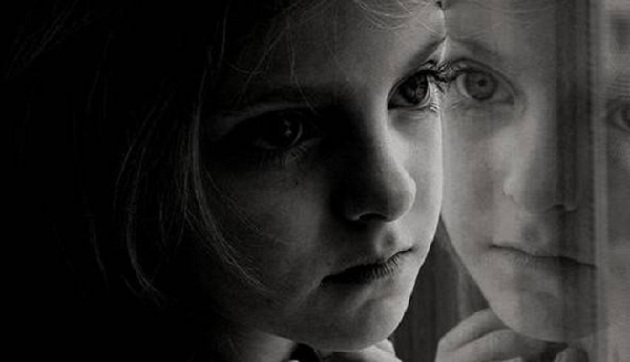How do children understand death?
4 February 2017[Previous post: http://bit.ly/2lV5FXv]
Depending on children’s own experiences as they grow up, they form and adapt their own individual concept of death, until they arrive at a more realistic way of dealing with it at a later stage. The notion of death can be understood through five basic elements: its universality; its finality; the failure of the vital organs; its causality; and life after death. According to research, the age of a child can roughly determine the stage of development they’ve reached and how far they’re mature enough to understand the phenomenon of death in its entirety.

To be more precise, until the age of two, children can’t understand death, though they are aware of absence, usually only that of people close to or loved by them. They can also sense the sadness which likely pervades the ambient atmosphere. Then, at pre-school age, three to five, death is understood as separation, though temporary and reversible. Since egocentricity and ‘psychological causality’ are dominant in children of this age, the latter often feel responsible, thinking that the cause of death is their own misbehavior or bad actions. Even at this age, the idea of life after death can be approached, through the notion of heaven and paradise where ‘people’ live.
From five until nine, children realize the finality of death, but not its universality. From seven they begin to understand that every living organism dies at some stage, though they think it’s something that happens to others, not themselves. This changes at about the age of nine. From five years of age, children understand that a dead body doesn’t feel, doesn’t see and doesn’t hear. At about the age of six, they start to understand both the fact that there’s an objective cause of death (e.g. damage to the body) and also that vital functions have ceased to operate. From eight years old onwards, all children are certainly aware of the last concept. Despite this, however, according to research, it’s still difficult for children to believe that the departed don’t feel anything. From these findings it might be said that the souls of children offer perhaps the most fertile ground to receive the Gospel message of the Resurrection.
3.2. Teaching about the mystery of death
The way we teach children about death, in preparation for dealing with the event in the future, or for handling such an occasion in the present, if the child is experiencing it, depends on four basic factors. In the first place, we have to take into account the state of cognitive and emotional maturity of the child, which often enough may not, in fact, correspond to its determined stage of development. An important role is also played by the quality of earlier experiences of death (such as violent or normal death). As well as this, the unique personality of each child must be borne in mind (e.g. degree of sensitivity) and, finally, the level of spirituality in which the child finds itself.
3.2.1. Preparation for dealing with death
The saying that prevention is better than cure is also applicable to teaching about death. Before the child is forced to deal with the imminent or recent death of a loved one, or even their own, it’s extremely helpful and, indeed, necessary for it to have formed a healthy image of death.
As regards the preparation for death, a basic issue, apart from the way this is handled, is the time when it should start.
From the moment of their birth, children receive a multitude of stimuli. Parents, teachers and the broader environment in which they live all provide stimulation, which leads to knowledge and promotes discussion. So, even from a very early age, children often express serious existential questions, among which is the question of the mystery of death.






